
 Sheila Heen (TGLS 2015) delivered one of the Summit’s most memorable sessions on the topic of feedback. She suggests that feedback is challenging because it sits at the crossroads of two human needs: 1) the need to learn and grow and 2) the need to be accepted just as we are. This article, originally published here in the Harvard Business Review, unpacks more of her ideas.
Sheila Heen (TGLS 2015) delivered one of the Summit’s most memorable sessions on the topic of feedback. She suggests that feedback is challenging because it sits at the crossroads of two human needs: 1) the need to learn and grow and 2) the need to be accepted just as we are. This article, originally published here in the Harvard Business Review, unpacks more of her ideas.
Feedback is crucial. That’s obvious: It improves performance, develops talent, aligns expectations, solves problems, guides promotion and pay and boosts the bottom line.
But it’s equally obvious that in many organizations, feedback doesn’t work. A glance at the stats tells the story: Only 36 percent of managers complete appraisals thoroughly and on time. In one recent survey, 55 percent of employees said their most recent performance review had been unfair or inaccurate, and one in four said they dread such evaluations more than anything else in their working lives. When senior HR executives were asked about their biggest performance management challenge, 63 percent cited managers’ inability or unwillingness to have difficult feedback discussions. Coaching and mentoring? Uneven at best.
Most companies try to address these problems by training leaders to give feedback more effectively and more often. That’s fine as far as it goes; everyone benefits when managers are better communicators. But improving the skills of the feedback giver won’t accomplish much if the receiver isn’t able to absorb what is said. It is the receiver who controls whether feedback is let in or kept out, who has to make sense of what he or she is hearing, and who decides whether or not to change. People need to stop treating feedback only as something that must be pushed and instead improve their ability to pull.
For the past 20 years we’ve coached executives on difficult conversations, and we’ve found that almost everyone, from new hires to C-suite veterans, struggles with receiving feedback. A critical performance review, a well-intended suggestion or an oblique comment that may or may not even be feedback (“Well, your presentation was certainly interesting”) can spark an emotional reaction, inject tension into the relationship and bring communication to a halt. But there’s good news, too: The skills needed to receive feedback well are distinct and learnable. They include being able to identify and manage the emotions triggered by the feedback and extract value from criticism even when it’s poorly delivered.
Why Feedback Doesn’t Register
What makes receiving feedback so hard? The process strikes at the tension between two core human needs—the need to learn and grow, and the need to be accepted just the way you are. As a result, even a seemingly benign suggestion can leave you feeling angry, anxious, badly treated or profoundly threatened. A hedged comment such as “Don’t take this personally” does nothing to soften the blow.
Getting better at receiving feedback starts with understanding and managing those feelings. You might think there are a thousand ways in which feedback can push your buttons, but in fact there are only three.
Truth triggers are set off by the content of the feedback. When assessments or advice seem off base, unhelpful or simply untrue, you feel indignant, wronged and exasperated.
Relationship triggers are tripped by the person providing the feedback. Exchanges are often colored by what you believe about the giver (He’s got no credibility on this topic!) and how you feel about your previous interactions (After all I’ve done for you, I get this petty criticism?). So you might reject coaching that you would accept on its merits if it came from someone else.
Identity triggers are all about your relationship with yourself. Whether the feedback is right or wrong, wise or witless, it can be devastating if it causes your sense of who you are to come undone. In such moments you’ll struggle with feeling overwhelmed, defensive or off balance.
All these responses are natural and reasonable; in some cases they are unavoidable. The solution isn’t to pretend you don’t have them. It’s to recognize what’s happening and learn how to derive benefit from feedback even when it sets off one or more of your triggers.
Six Steps to Becoming a Better Receiver
Taking feedback well is a process of sorting and filtering. You need to understand the other person’s point of view, try on ideas that may at first seem to be a poor fit and experiment with different ways of doing things. You also need to discard or shelve critiques that are genuinely misdirected or are not helpful right away. But it’s nearly impossible to do any of those things from inside a triggered response. Instead of ushering you into a nuanced conversation that will help you learn, your triggers prime you to reject, counterattack or withdraw.
The six steps below will keep you from throwing valuable feedback onto the discard pile or—just as damaging—accepting and acting on comments that you would be better off disregarding. They are presented as advice to the receiver. But, of course, understanding the challenges of receiving feedback helps the giver to be more effective too.
1. Know your tendencies
You’ve been getting feedback all your life, so there are no doubt patterns in how you respond. Do you defend yourself on the facts (“This is plain wrong”), argue about the method of delivery (“You’re really doing this by e-mail?”), or strike back (“You, of all people?”)? Do you smile on the outside but seethe on the inside? Do you get teary or filled with righteous indignation? And what role does the passage of time play? Do you tend to reject feedback in the moment and then step back and consider it over time? Do you accept it all immediately but later decide it’s not valid? Do you agree with it intellectually but have trouble changing your behavior?
Keep reading the full article here.
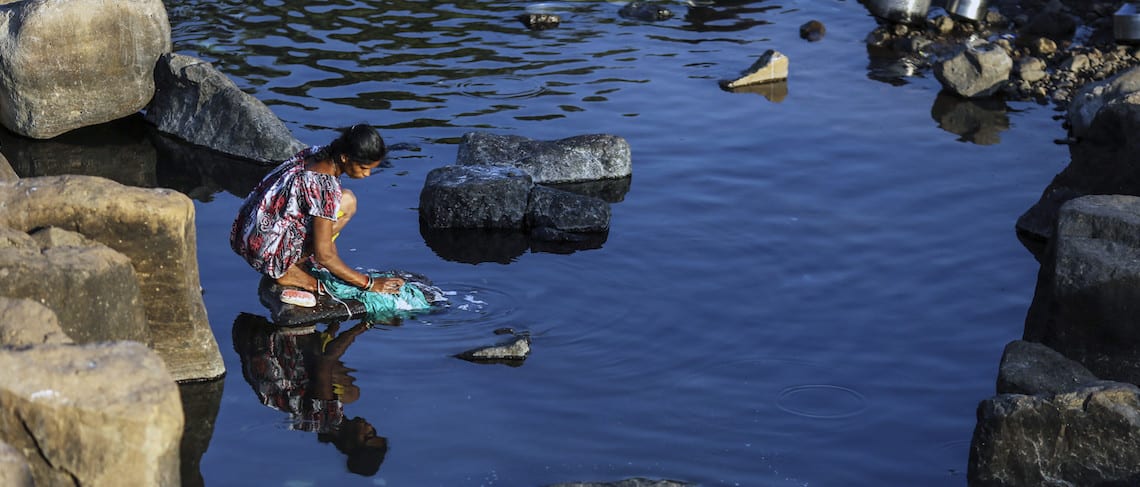




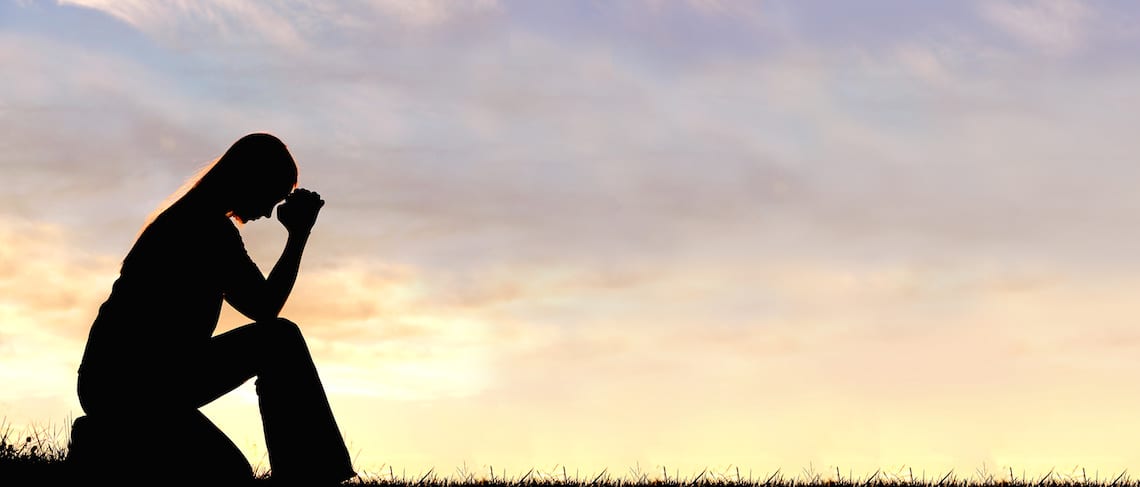

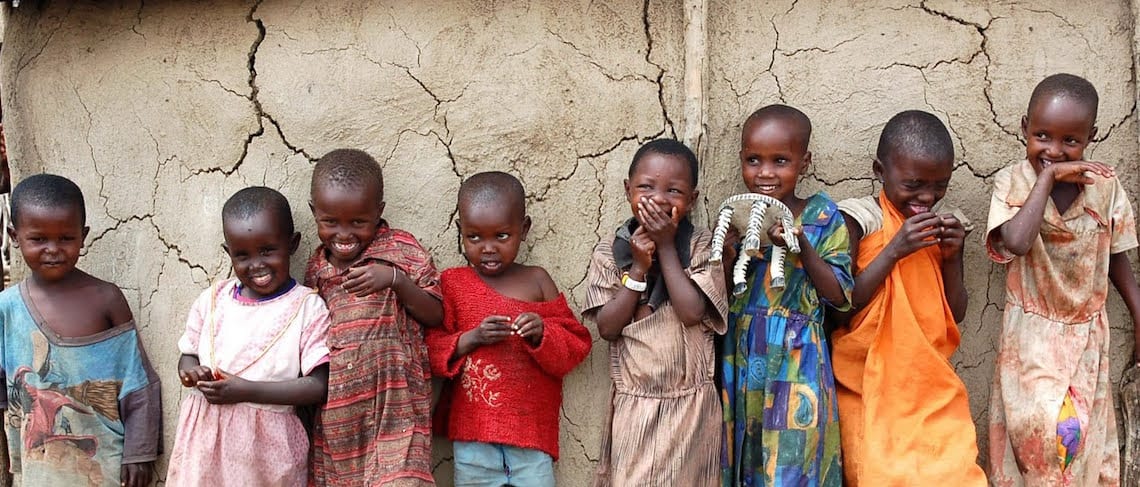

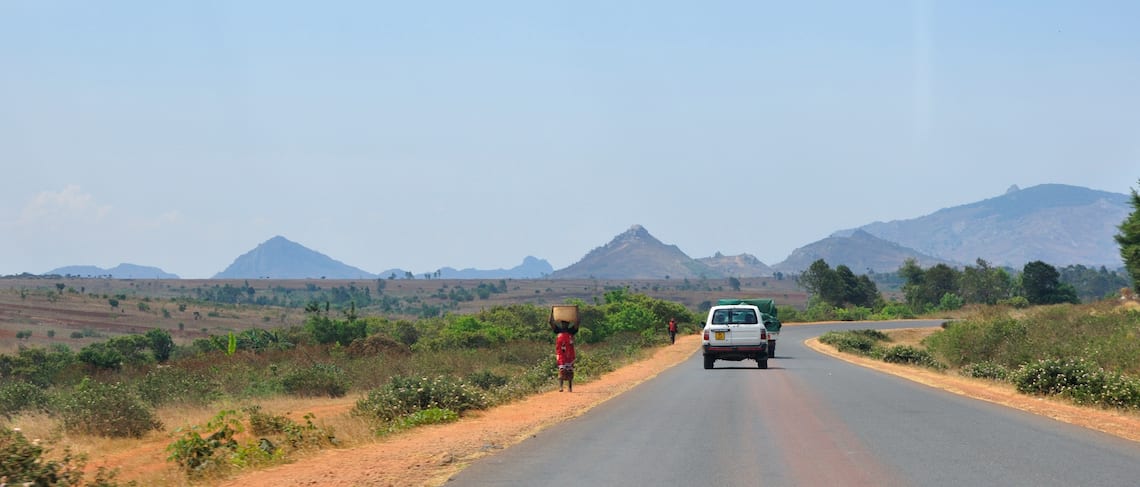



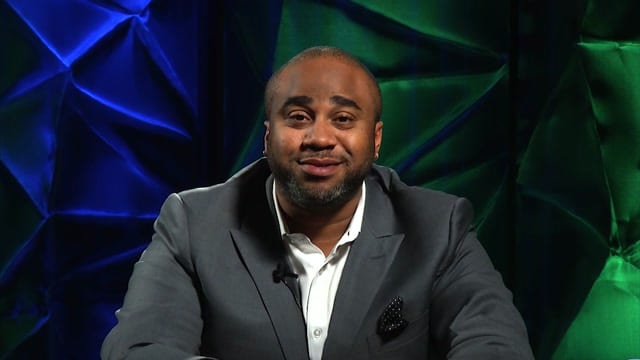



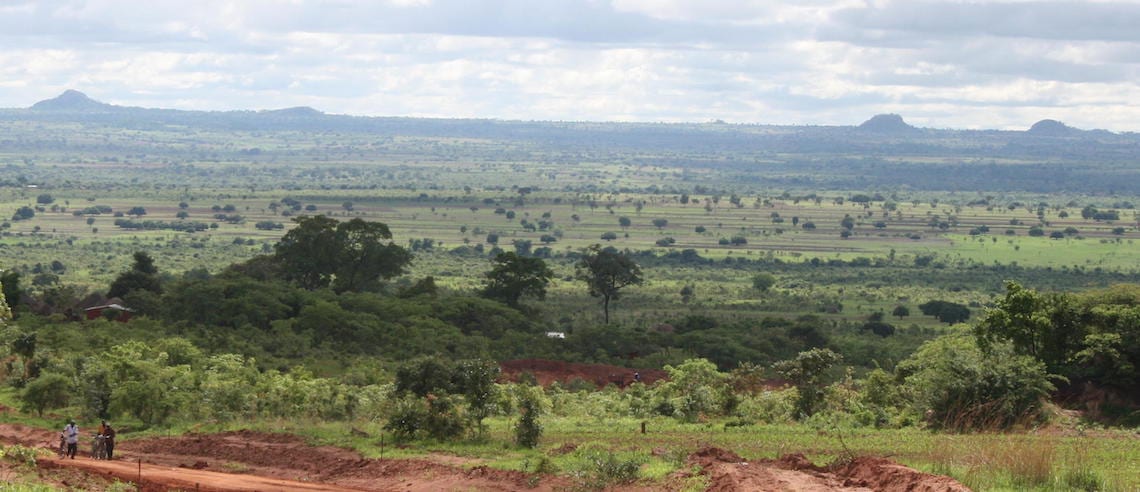



Recent Comments